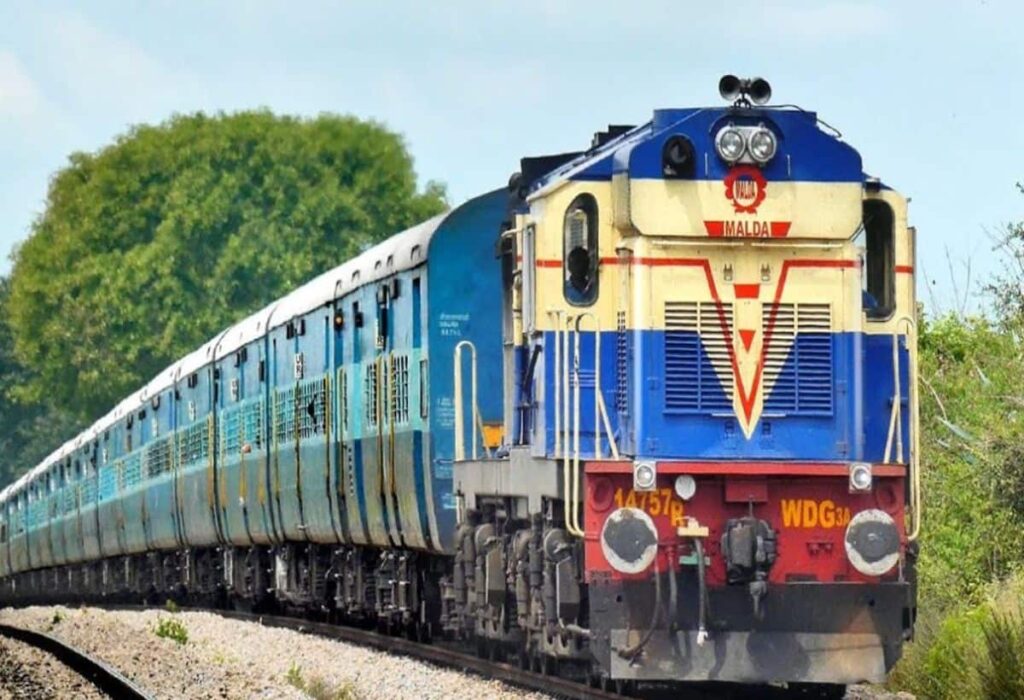In a significant move to enhance employee morale and productivity, the Cabinet has recently approved a productivity-linked bonus for railway employees, echoing similar measures implemented last year. This decision is particularly noteworthy as it impacts a large segment of the workforce within India’s vast railway system, ensuring fair compensation for their hard work and dedication.
Background of the Productivity Linked Bonus
The productivity-linked bonus (PLB) serves as an incentive for employees to improve operational efficiency. By allocating bonuses based on productivity metrics, the government aims to foster a culture of excellence among railway staff. Last year, the railway sector had already announced a bonus equivalent to 78 days’ wages for all non-gazetted employees, showcasing a commitment to employee welfare.
Details of the Bonus Structure
The implementation of such bonuses is governed by various parameters outlined in the Sixth Pay Commission recommendations. According to these guidelines, the minimum basic income for Group D employees is set at ₹7,000. Consequently, for a duration of 78 days, the approximate bonus compensation amounts to around ₹18,000. This bonus is expected to not only bolster the finances of the railway employees but also enhance their overall job satisfaction.
Broader Implications of the Policy
The decision to grant a productivity-linked bonus has several implications for both the railway sector and its employees. Here are a few key points to consider:
| Impact | Description |
|---|---|
| Employee Morale | Bonuses serve as a motivator, leading to increased productivity and job satisfaction. |
| Operational Efficiency | Incentivizing productivity helps streamline operations and reduce delays. |
| Economic Growth | Enhanced railway performance supports smoother freight and passenger movement, bolstering economic activities. |
Conclusion
The Cabinet’s approval of the productivity-linked bonus marks a significant step in recognizing the efforts of railway employees. By aligning compensation with productivity, the government not only acknowledges the invaluable contributions of its workforce but also aims to stimulate greater efficiency within the railway system. Such initiatives not only enhance job satisfaction among employees but also contribute to the overall growth of the economy. As the railway sector continues to evolve, measures like these will be crucial in maintaining a motivated and effective workforce.
